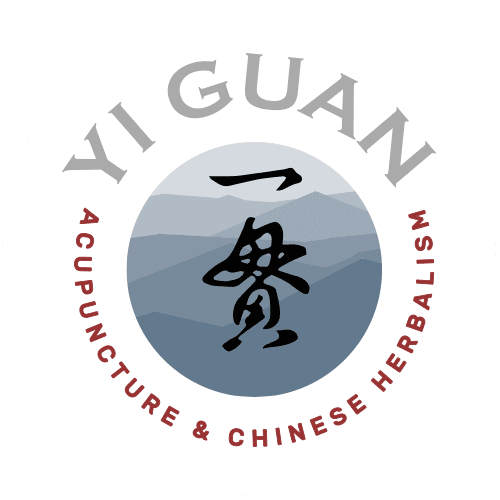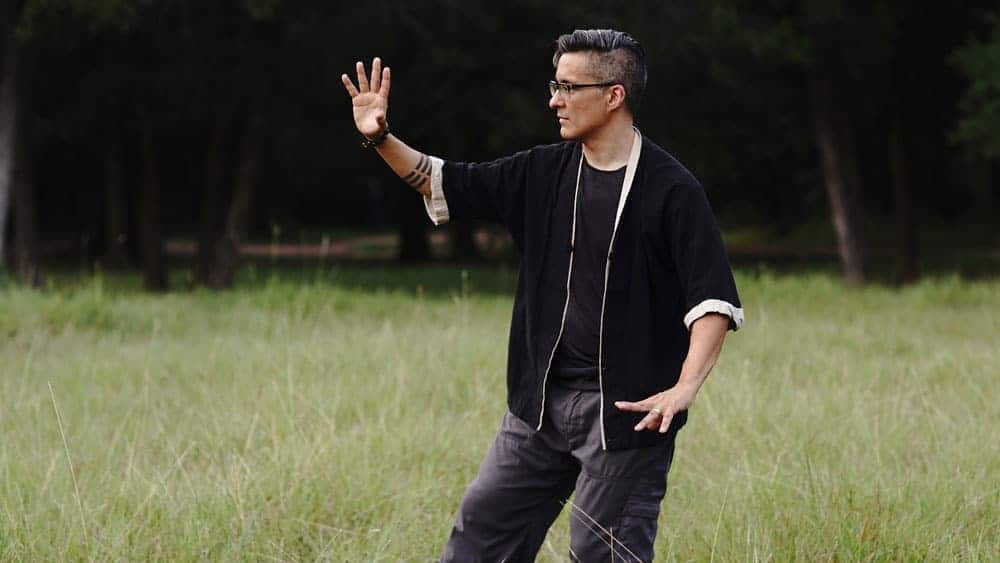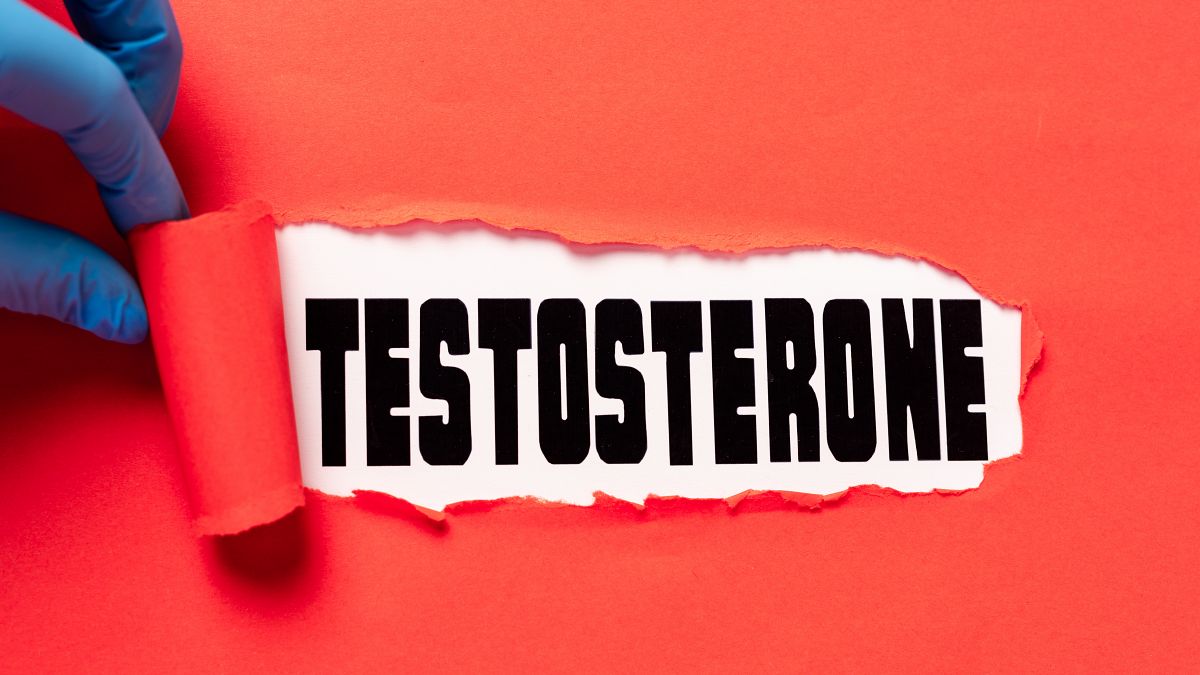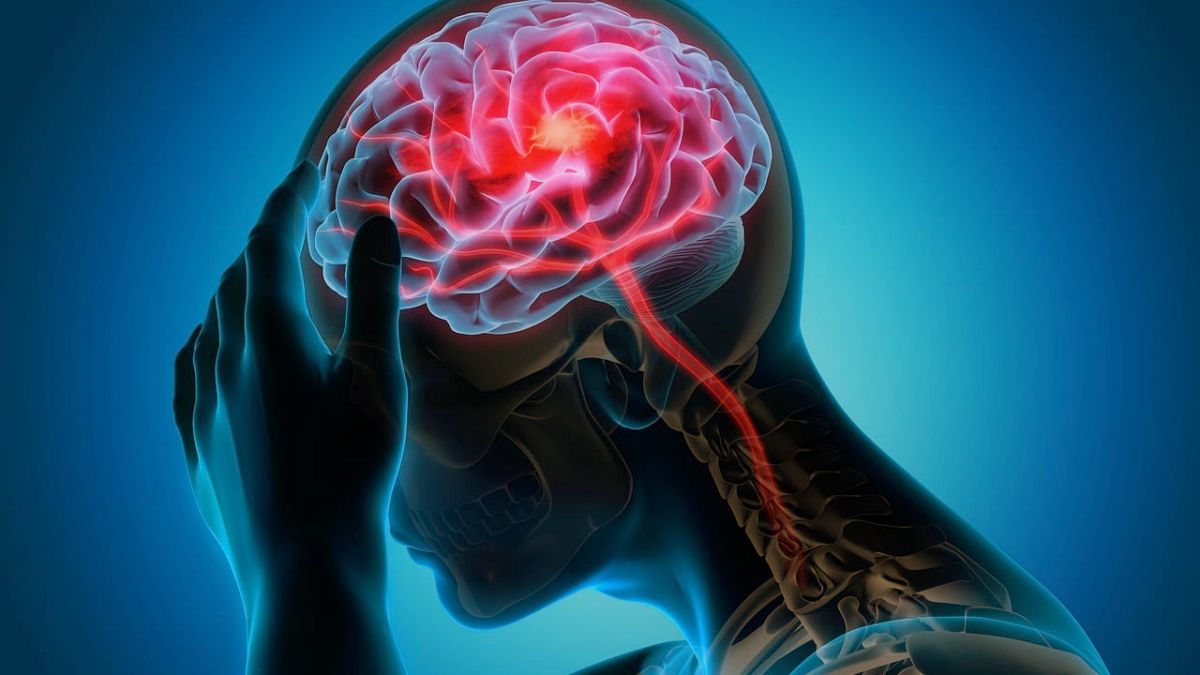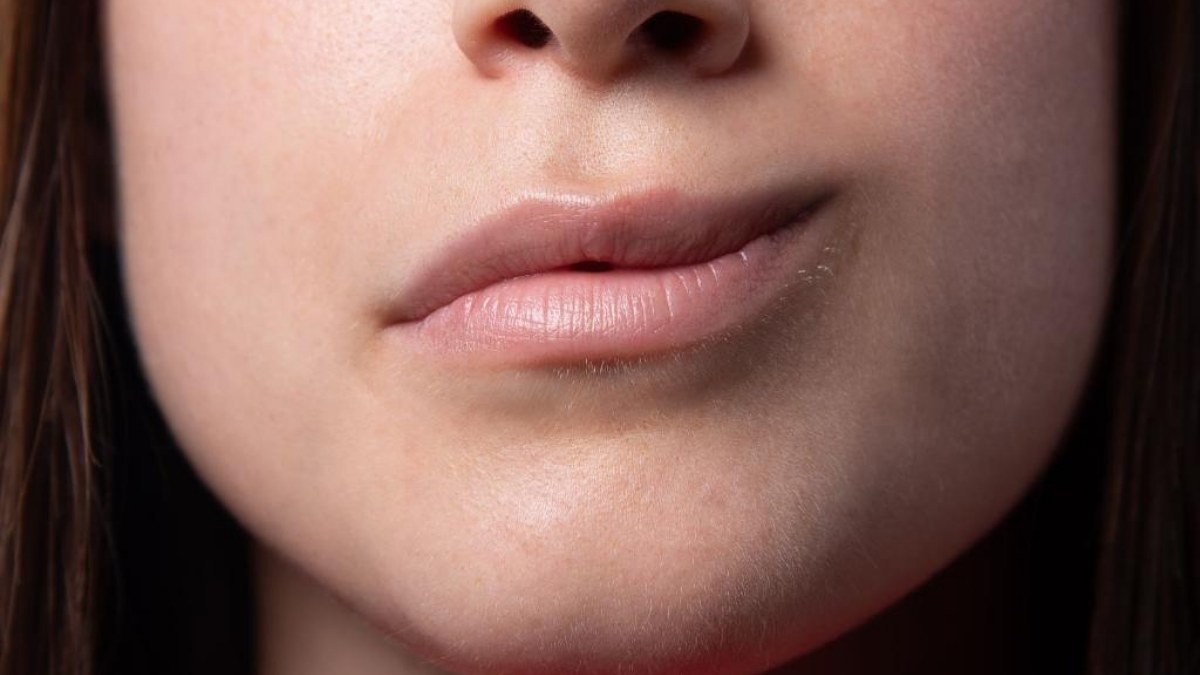What is Tai Chi?
So what is tai chi, exactly? Also written as Taijiquan and t’ai chi ch’uan, tai chi is a martial art or movement practice originating in China. It is usually heavily informed by Daoist philosophy, particularly taiji theory (more widely known as yin yang theory). The origins are muddled with obvious myth. The most widely shared origin of taijiquan involves the probable mythic character Zhang Sanfeng, a Song dynasty Daoist “immortal,” who invented taijiquan in the Wudang mountains after having watched a snake fight a crane.
Originating in the 17th century
Though still shrouded in inaccuracy and lack of official record or documentation, it seems the most likely origin of taijiquan is from Chen village in Hebei province in the 17th century. Chen Wanting, a general at the end of the Ming dynasty, is credited with developing Chen family gongfu from combining elements of Qi Jiguan’s treatise on military practice and daoyin movements (practices to later be codified as qigong). Chen family gongfu was, as the name implies, only taught to members of the family in and around Chen village. And it remained so until the mid-19th century when Chen Changxing took Yang Luchan as a student. Yang, after whom Yang style taijiquan is named, eventually moved to Yung Nien where he taught a form he referred to as Mianquan or cotton fist.
Martial art mixed with philosophy
Historians maintain that among Yang’s first disciples were scholars/magistrates. And that it was one of these individuals, it is conjectured, who composed the “Taijiquan Classic,” attributing its authorship, and thereby taijiquan’s origins, to Zhang Sanfeng 500 years earlier. The work ostensibly discusses martial practice, but more along the lines of Taiji philosophy than along stringently tested weapons and tactics, more concerned with the practical understanding of Daoist philosophy in life in general than as applied to combat, containing phrases such as “four ounces can move 1000 pounds.” The taijiquan classic then, in my opinion, solidifies what was to widely be known as taijiquan from that point on as a scholarly/philosophical activity much more than combat art, though traces of its origin as a martial art are still clearly evident in today’s practice.
Taijiquan today
As practiced today, taijiquan espouses slow relaxed movements, more focused on the cultivation and movement of qi than with combat prowess or excessively athletic or acrobatic ability as other martial arts do. As the name implies, the practice embodies the interplay of yin and yang, emphasizing smooth seamless transitions of weight distribution, arm and leg position, and in some styles (most notably Chen style) the transition between fast and slow movements and hard and soft forces. Taijiquan solo routines constitute a high intensity low impact exercise regimen which, if practiced in their entirety, include movement through the dynamic functional range of motion of most joints, as well as training proper balance, weight distribution, breathing, and mental focus. Over time taijiquan has gained a reputation as a movement practice powerfully beneficial to promoting health. This claim is beginning to objectively bear out within the medical literature as multiple systematic reviews found that it decreased the risk of falls in older people, and effects a decrease in depression and anxiety, quicker recovery times post-surgery, and found favorable effects on the functional exercise capacity in patients with chronic obstructive pulmonary disease, congestive heart failure, hypertension, and osteoarthritis.
Though I still personally think that the name taijiquan refers to the taijitu (the official name for the yin yang symbol), its direct translation as “grand ultimate fist”, in light of its medical, psychological, and philosophical potential, is also apt.
High Intensity with low impact
Tai Chi is a high-intensity low-impact exercise. High intensity because the benefits to your mind and body are numerous, and low intensity because they are typically not physically strenuous to do. Anyone at any age and at any level of physical ability can benefit from practicing tai chi.
Increase your balance and coordination
The active ingredient to how tai chi can do this is the coordinated shift of weight from one leg to the next. This helps with establishing and strengthening balance. And doing it slowly and deliberately increases this effect. This also makes it manageable for people with weakened or slow physical conditions, but without a slowed or weakened effect. Adding arm movements to the gentle shifting of weight is what really potentiates tai chi’s benefit. First, it helps with increasing physical coordination and proprioception (the body’s ability to sense where it is). Across the whole form, your arm and leg joints will go through a whole healthy range of motion. This will improve mobility and flexibility. Again, if done slowly it doesn’t dampen results. But it does allow individuals with mobility problems to still enjoy the benefits. Coordinating movements across your upper half and lower half or your left side and your right side improves your cognitive function. Even remembering the form, keeping the right moves in the right order, can help your memory.
Improve your mind
But benefits of tai chi to your brain goes even further. Mindfulness can be defined as putting all of your focus on what you’re sensing and doing at the moment. Doing the form slowly and deliberately is one of the better examples of getting this done. In this, tai chi is also a great mindfulness meditation and stress reliever. Aside from being part of a community, there are cognitive benefits of a group of people working together to move in unison. Adding push hands to your practice will help train your mind and body to be sensitive, adaptable, and creative. Both figuratively and literally, you will learn the benefit of “give and take”. As the name implies, a philosophy of an approach to life is encoded in tai chi practice.
The Yi Guan Clinic offers weekly tai chi classes at its clinic in Austin. To join a class, or for more information, contact us.
Who is Dr. Perez?
Dr. Dan Perez is both a Western-trained physician and a graduate of the AOMA Graduate School of Integrative Medicine. Based in Austin, Texas, AOMA is recognized as one of the leading schools in Chinese Medicine. Being both an expert in Western medicine and Chinese medicine, Dr. Perez offers his patients natural, minimally invasive and integrative medical options for treating a variety of chronic medical conditions.
Article Sources:
Mayo Clinic, Tai Chi: A Gentle Way to Fight Stress
PubMed, A Comprehensive Review of Health Benefits of Qigong and Tai Chi
Davis, Barbara. “The Taijiquan Classics”. Blue Snake Books, Berkeley California, 2004
Wayne, Peter. “The Harvard Medical School Guide to Tai Chi”. Shambhala Publications, Boston, Massachusetts
Let's get started!
This could be the most important step you take in your health journey. Schedule a consultation now, or complete the short form and let's connect.
Free 15-min Consultation
Phone
NEW Location
Yi Guan Acupuncture and Chinese Herbalism
11614 Bee Caves Road, Suite 230,
Austin, TX 78738 (directions)
